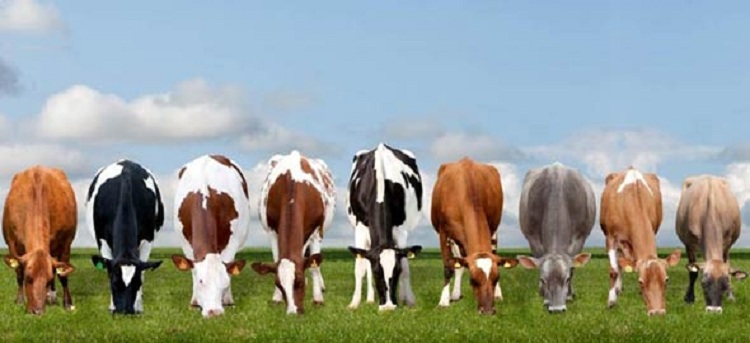
The Sunday News

Farming Issues with Mhlupheki Dube
THIS week we continue with the untiring subject of livestock markets looking specifically at the grading system and its benefit.
It is common knowledge, at least to those that have sold their livestock through formal markets that the price to be paid is determined by among other things, the grade of the animal.
However, there is a noticeable disconnect between two systems of livestock marketing, that is the live weight-based versus the carcass-based system.
With the carcass-based system there is a price for each of the five possible grades.
This means that everyone whose animal grade is commercial is paid the same price and the differences in amounts given to the farmer will be due to the differences in carcass weights.
The purpose of grading is therefore very clear when using the carcass-based system because farmers can easily see the price for each grade and the differences explained by simple arithmetic.
However, the same cannot be said for the live weight-based grading system which is used in auction setups. Firstly farmers do not even understand the language used because for some reason the terminology used becomes different from the one used by abattoirs where the carcass is classified into super, choice, commercial, economy and manufacturing, in that descending order.
Suddenly you have good average quality (GAQ), fair average quality (FAQ), chiller and the like, terms which I even vaguely understand, what more an ordinary farmer.
Secondly and most importantly is the purpose of grading for animals sold on live weight-basis.
This is not noticeable at all as two commercially graded animals can be bought at two very different prices.
While this can be explained in terms of the bidding from buyers one would still think that there should be a flow price for each grade which should be communicated to the farmers and then the auctioneer ensures that no animal is bought below a flow price for a particular grade.
But alas what obtains is that two animals of the same grade can be bought at say $1,15/kilogramme while the other is $0,85/ kilogramme simply because the other one had vigorous bidders while the other did not. I therefore suggest that if the grading of live animals is to have any meaning and purpose two things need to be done and observed at cattle auction sales.
Firstly a flow price per grade should be announced before the sale starts and secondly the animals should be graded and the grades shared with the farmer before the sale starts, the way lot numbers are allocated. Now if the farmer knows the grade of his animal and he has an indication of the price for that grade, he can simply do the maths when his animal has been weighed and have a baseline price.
This will certainly add value, meaning and purpose to the whole grading process at auctions, especially local authority run auctions. The department of livestock production which does the grading can now be paid for something which has value than the situation where they take away a good chunk of the RDC levy for a useless service. The LPD takes around three percent of the 10,5 percent RDC levy for a shadowy service which has no value to both the farmer and the buyer. The buyer already knows how to grade animals because that is his/her trade, while the farmer has no clue about what is being said and the prices offered have no clear relationship with the grade! Something simply has to be done differently for the benefit of our smallholder farmers who are the ones who mainly patronise the auction sales at district level.
Talking of the livestock grading system, there is an effort to review the method as it is discriminatory of the smaller framed indigenous breeds. The system favours large framed animals which produce big carcasses. While it is important to customise the system to suit our own situation we should guard against lowering standards in the name of inclusivity. Some of our breeds are not small framed because they are indigenous but because of inbreeding effects. We should therefore be careful not to measure ourselves against a defective product and sing eureka when we suddenly all qualify!
Uyabonga umntakaMaKhumalo.



